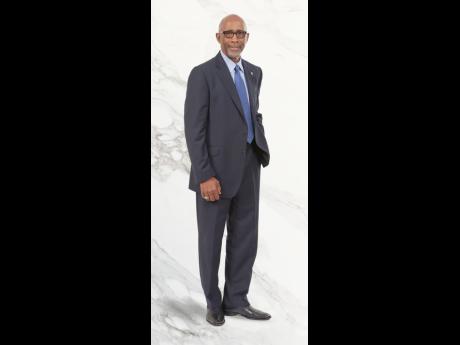Earth Today | ‘We need a national spatial plan’
WITH PROJECTIONS for more frequent and intense climate-related events, two experts agree that Jamaica must rely on its existing systems and policies, together with stepped-up efforts, for the strengthening of the country’s resilience.
For Dr Carol Archer, urban planner and professor in the Faculty of the Built Environment at the University of Technology, the completion of the National Spatial Plan is foremost.
“That would help to direct us with what to do with an area such as Port Maria,” she said, referencing the St Mary parish capital, which experienced severe flooding last year.
That flood event affected the entire town, inundating buildings and homes with muck and debris.
“It would not be a question of relocating, but looking at where you put certain services within the parish. So, you would have to get your data and analyse your trends, and it would show you: ‘In Port Maria, these are the predominant activities, and these are activities that will have an impact over X number of years’, and they will have a relationship with these [particular] areas,” she said.
“We’d have to use that to make a decision. That is what is needed in the short to medium term,” Archer added.
The last spatial plan for Jamaica, the Jamaica National Physical Plan, covered the development of the country from 1970 to 1998.
Housing and construction professional Earl Samuels said the systems for the monitoring and maintenance of the country’s urban infrastructure also need to work. Poor maintenance of roads, gullies, bridges, and other infrastructure have been credited, in part, for disasters triggered by extreme weather events, such as the Port Maria flooding.
The financier, who is also chief development financing officer for The JN Group and a former managing director of the National Housing Trust, noted that while financial institutions can hold developers they finance to account by monitoring their projects and insisting on the implementation of certain measures, only a small percentage of developments are funded by private institutions.
“So several are not adhering to best practices,” Samuels said, emphasising that inadequate monitoring has left room for breaches that impact the wider built environment.
Archer agreed that maintenance is key.
“If you have a broken-down car that you’re driving in flood water, it’s not going to be like having a relatively new car that was being maintained. It’s the same principle that applies to your urban infrastructure,” she said.

